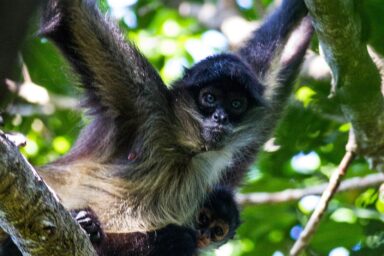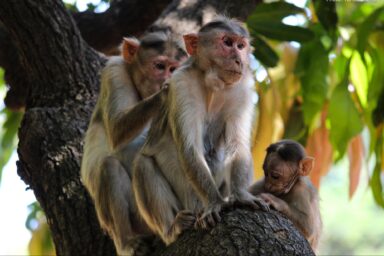|
Listen To This Story
|
PICKS are stories from many sources, selected by our editors or recommended by our readers because they are important, surprising, troubling, enlightening, inspiring, or amusing. They appear on our site and in our daily newsletter. Please send suggested articles, videos, podcasts, etc. to picks@whowhatwhy.org.
New York Times Employees Strike for 24 Hours in Labor Dispute (Maria)
The author writes, “Reporters won’t write stories or interview sources. Photojournalists will stay home. And if a spate of unsavory language breaks out in the online comments thread posted below a New York Times story, there might not be anyone on hand to delete it. That’s the expected scenario at the New York Times on Thursday, after more than 1,100 employees began a day-long work stoppage at midnight in one of the most dramatic labor disputes at the company in decades.”
How William Rehnquist Led to the New Monumental Challenge to Presidential Election Rules (Sean)
From CNN: “When Chief Justice William Rehnquist helped decide the 2000 presidential election, his radical legal theory failed to gain a majority. But today’s conservative court is giving it another chance, in a case that could transform elections in 2024 and beyond. … Rehnquist’s approach, which has become known as the independent state legislature theory, would give complete power to state legislatures to control election practices, at the expense of state courts ensuring constitutional protections.”
EXPLAINER: How Supreme Court Case Could Alter US House Seats (Reader Steve)
The author writes, “Partisan gerrymandering is back before the U.S. Supreme Court in a case stemming from the latest attempt by North Carolina’s Republican-led legislature to draw U.S. House districts favoring GOP candidates. The question justices will consider Wednesday is whether state courts can rely on their state constitutions — as the North Carolina Supreme Court did — to strike down politically rigged voting districts for congressional elections.”
Railroad Workers’ Lives Revolve Entirely Around Their Jobs (Dana)
From Jacobin: “We spoke with a longtime BNSF conductor about the labor agreement recently imposed on railroad workers by President Biden. He says he feels betrayed by a president he thought was pro-labor and explains how his job has gotten worse over time.”
Scientists Just Caught Bacteria Using a Never-Before-Seen Trick to Avoid Antibiotics (Mili)
The author writes, “Researchers have just caught bacteria sidestepping antibiotic treatment with a never-before-seen trick. Bacteria’s troublesome talent for developing resistance against antibiotics is a rapidly growing health threat. This ability has ancient origins and allows drug-resistant bacterial infections like MRSA and gonorrhea to kill 1.3 million people globally each year.”
Could COVID-19 Hold a Cancer Cure? (Sean)
The author writes, “The notorious spike protein of SARS-CoV-2, the virus that causes COVID-19, caused lung cancer cells to die in laboratory studies conducted by researchers at RUSH University Medical Center, who recently published their findings in the journal Cancers. The discovery raises the possibility that the pandemic that has afflicted the globe for three years might also yield a treatment for lung cancer, and perhaps other cancers as well.”
Pleistocene-Era Plant Revived from Siberian Permafrost (Kiana)
From SciTechDaily: “A team of scientists claims that they’ve revived a plant from the Pleistocene era, which lived 32,000 to 28,000 years ago. Silene stenophylla was revived after it had been ingested by an arctic ground squirrel roughly 32,000 years ago. The seeds from the herbaceous Silene stenophylla have been regenerated into full flowering plants in Russia, the new study revealed. Svetlana Yashina and David Gilichinsky of the Russian Academy of Sciences will publish their findings in the journal PNAS shortly. This could be a landmark finding in paleobotany.”




